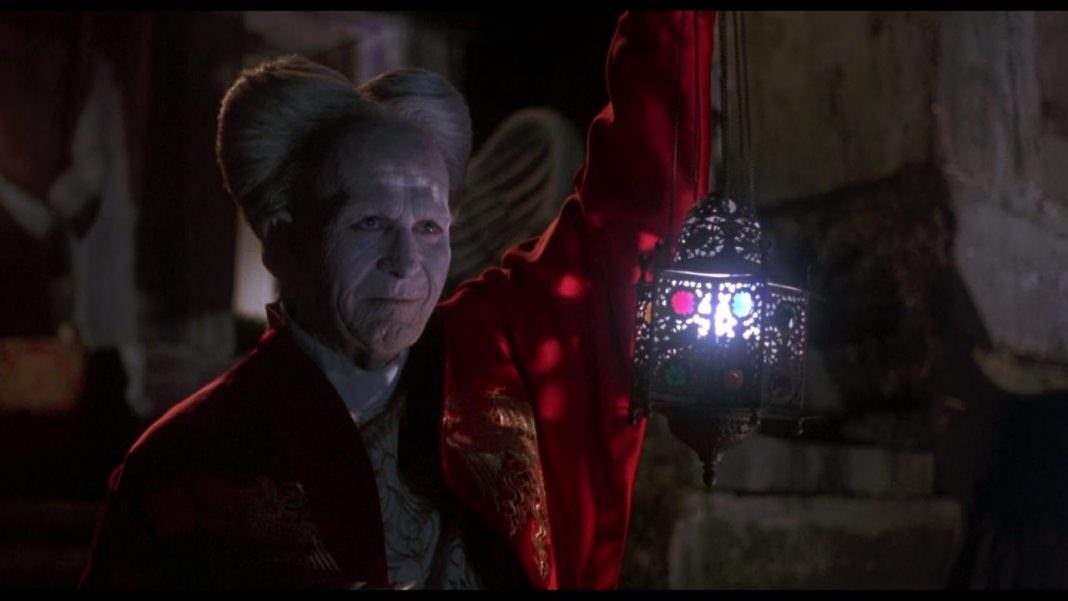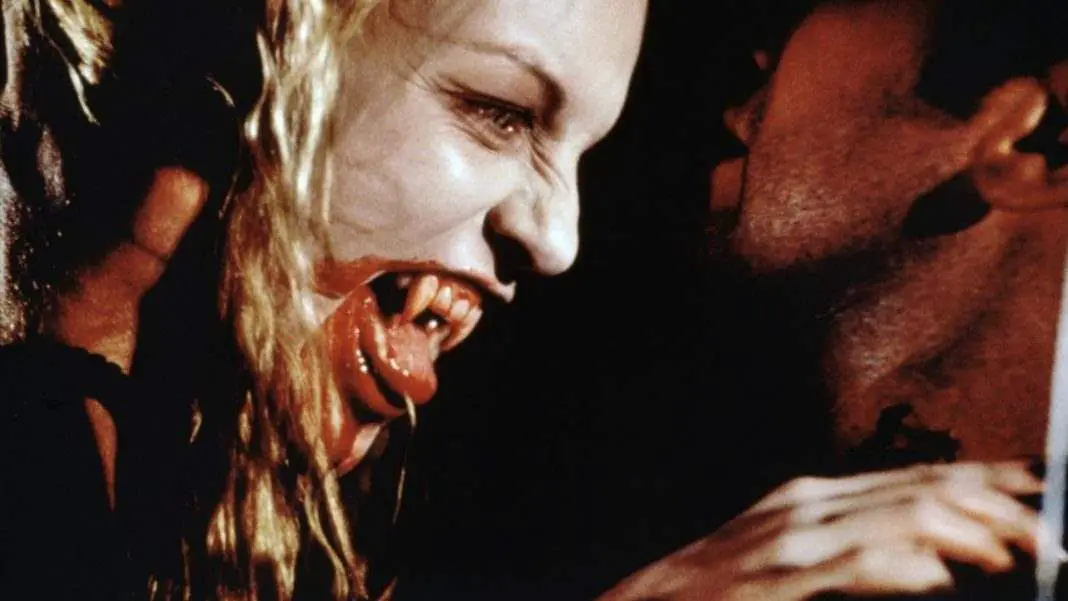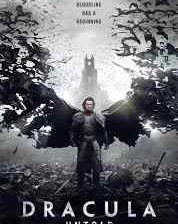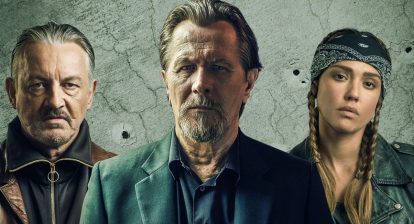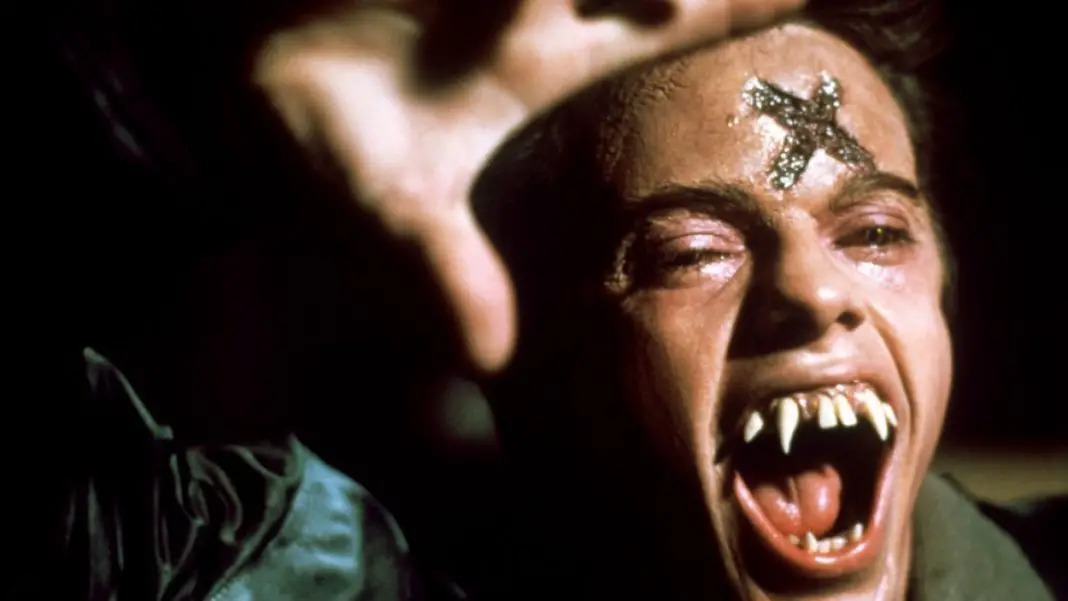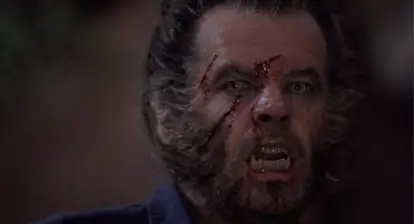So many people, even now, believe the 1980s to be a golden age in horror history. By extension, the 1990s is believed to be an incredibly dull period. Many people say that horror was dead in that decade, at least until the release of Scream, in 1996. For the first half of the decade, in the eyes of many, there was nothing. But this is simply not true. After the critical backlash against the genre in the 1980s, horror needed to go through a transformation. It needed to appeal to a wider, Oscar-friendly audience. In short, horror needed to be classier.
Shifting priorities led to the release of psychological-horror thrillers like Silence of the Lambs, Misery, Jacob’s Ladder and more. These movies were horror films, but some of them looked as though they were trying to hide their roots. Bram Stoker’s Dracula came along at the exact right time, in many ways. It was just what the genre needed, when it needed. It generated a lot of buzz from the earliest announcement. It had an Oscar-winning director and an A-list cast. Francis Ford Coppola was already a Hollywood legend and if he was behind this picture, people were interested. Anthony Hopkins was just coming off of his Oscar win for Silence of the Lambs. From the beginning it was clear that this was a major Hollywood production and it took itself seriously.
Yet Dracula never ignores its roots. In fact, it embraces them. It goes for everything. It plays against the Victorian repression of previous Dracula adaptations, turning the sexual undertones into overtones. It is a movie of pure, sexy, gory excess, and it works. This film is so ambitious that the everything plus the kitchen sink style of it could easily have spelled its doom. Normally movies without any kind of restraint fail. In this case, it is because the movie is willing to go as far as it does that it works so well. The success of this film led to a swell of gory, erotic horror in the 1990s that included films like Mary Shelley’s Frankenstein, Wolf and of course Interview With the Vampire.
Did You Know? Wicked Horror TV Has Classic and Independent Horror Films Available to Stream for Free!
The gore in Bram Stoker’s Dracula is over-the-top, thanks largely to Stoker’s horrific novel. Many of the most frightening and disturbing scenes in the book had been toned down in the numerous adaptations over the years, even though they were fairly graphic on the page. Scenes like the Count feeding the brides a baby and their beheading at the hands of Van Helsing, which had been implied in earlier films, were now shown almost in full. There is no less gore than many of the most outrageous 1980s horrors, but it was more forgivable in the eyes of the public in a movie like this. Big, lavish productions can always get away with more. Here, the bloodshed works great because it is done in the same over-stylized fashion as the rest of the film.

The makeup FX work in a very similar fashion. This incarnation has more special makeup effects than any other Dracula adaptation. The Count has entirely different monstrous looks for different transformations and different moods. In addition to this, Dracula goes from an old man to a young man as the story progresses, just like in the novel.
Related Post: Seven Dracula Adaptations That Totally Reimagine the Story
Dracula is as much of a visual feast as The Howling or The Thing in terms of its effects and it is just as grotesque. The difference here is that the film mixes the imaginative makeup with a sense of stylized elegance. It was a gamble and a delicate balance to pull off but it worked. The movie was a massive success in theaters and others began to follow quickly. Bram Stoker’s Dracula cemented that horror movies in the 1990s could be major studio productions. It was the total inverse of the prior decade. But in some ways, that was why it worked, at least for a while.
Bram Stoker’s Dracula helped to kick off the A-list horror of the decade, and is somewhat responsible for the success of the films that came after it, particularly Interview With the Vampire. Led by Gary Oldman’s layered, cruel but sensual performance as the Count, it was the perfect marriage of horror and sexuality on a grand scale. Unfortunately, it was not a success that could be fully recaptured as subsequent films Mary Shelley’s Frankenstein and Wolf were not as successful.
This is only a testament to the strength of this film and its unique vision. It’s scary, sexy, and at the same time, gory and yet somehow refined. It holds nothing back and revels in its excess and that is why it stands up among the best Dracula adaptations and why it had such an impact on its decade.
